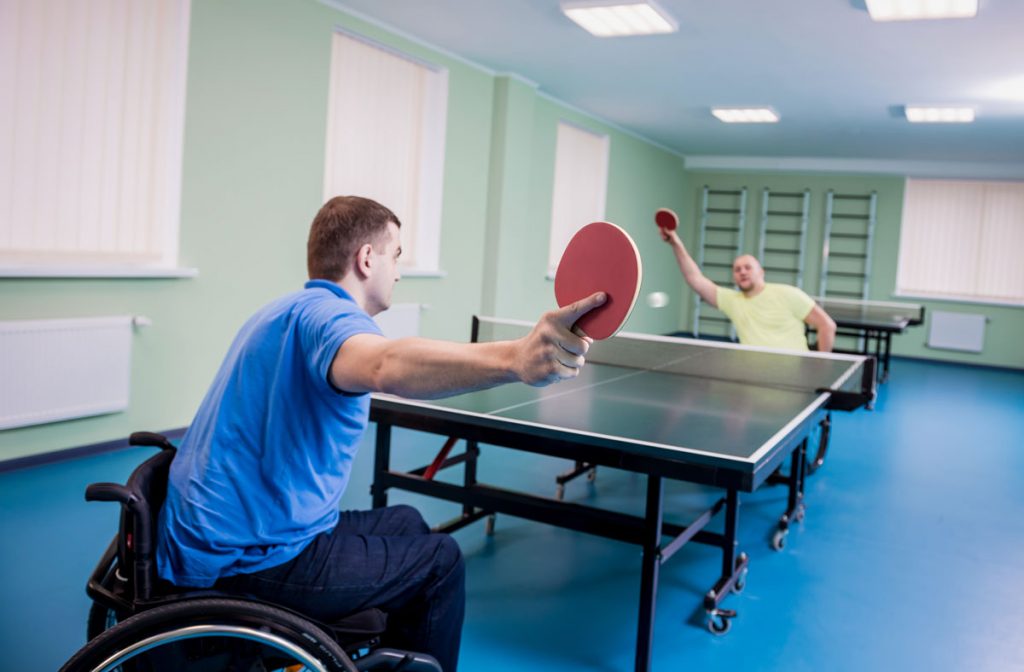The smart Trick of Dementia Fall Risk That Nobody is Discussing
Wiki Article
The 3-Minute Rule for Dementia Fall Risk
Table of ContentsThe Buzz on Dementia Fall RiskGet This Report about Dementia Fall RiskFascination About Dementia Fall RiskA Biased View of Dementia Fall Risk
A loss danger evaluation checks to see how likely it is that you will drop. The evaluation generally consists of: This includes a collection of questions about your total health and wellness and if you've had previous falls or troubles with balance, standing, and/or strolling.STEADI consists of screening, evaluating, and treatment. Interventions are recommendations that might decrease your risk of dropping. STEADI consists of three steps: you for your threat of falling for your threat elements that can be improved to attempt to avoid drops (as an example, balance troubles, impaired vision) to lower your danger of falling by making use of effective approaches (for instance, giving education and learning and resources), you may be asked numerous questions including: Have you fallen in the previous year? Do you really feel unsteady when standing or walking? Are you stressed over falling?, your company will certainly evaluate your toughness, equilibrium, and gait, making use of the following loss assessment tools: This examination checks your stride.
After that you'll rest down once again. Your provider will inspect just how lengthy it takes you to do this. If it takes you 12 seconds or more, it may indicate you go to greater risk for a loss. This examination checks toughness and equilibrium. You'll rest in a chair with your arms went across over your breast.
Relocate one foot midway ahead, so the instep is touching the huge toe of your other foot. Relocate one foot totally in front of the various other, so the toes are touching the heel of your other foot.
Fascination About Dementia Fall Risk
Many drops happen as an outcome of several contributing aspects; for that reason, managing the threat of falling begins with recognizing the aspects that add to fall threat - Dementia Fall Risk. Some of one of the most appropriate threat elements include: History of previous fallsChronic medical conditionsAcute illnessImpaired gait and equilibrium, lower extremity weaknessCognitive impairmentChanges in visionCertain high-risk drugs and polypharmacyEnvironmental factors can additionally enhance the threat for drops, including: Poor lightingUneven or damaged flooringWet or unsafe floorsMissing or harmed handrails and grab barsDamaged or improperly equipped equipment, such as beds, wheelchairs, or walkersImproper use assistive devicesInadequate supervision of the people staying in the NF, including those that exhibit aggressive behaviorsA successful autumn risk administration program calls for a comprehensive clinical assessment, with input from all members of the interdisciplinary team

The treatment strategy should additionally consist of treatments that are system-based, such as those that advertise a secure environment (proper illumination, hand rails, get hold of bars, and so on). The performance of the treatments need to be evaluated periodically, and the treatment strategy Get More Information changed as essential to mirror adjustments in the loss threat analysis. Implementing a fall risk management system utilizing evidence-based finest technique can decrease the occurrence of falls in the NF, while restricting the possibility for fall-related injuries.
The 2-Minute Rule for Dementia Fall Risk
The AGS/BGS guideline suggests screening all grownups aged 65 years and older for loss danger yearly. This testing is composed of asking people whether they have actually dropped 2 or more times in the previous year or sought clinical attention for a loss, or, if they have actually not fallen, whether they really feel unsteady when walking.Individuals who have dropped once without injury must have their balance and gait evaluated; those with stride or balance irregularities must receive extra assessment. A background of 1 autumn without injury and without gait or equilibrium issues does not require additional analysis past continued annual loss threat screening. Dementia Fall Risk. A loss threat assessment is called for as component of the Welcome to Medicare assessment

best site
The Basic Principles Of Dementia Fall Risk
Documenting a falls background is one of the high quality indicators for autumn prevention and monitoring. copyright medicines in particular are independent forecasters of falls.Postural hypotension can usually be relieved by minimizing the dose of blood pressurelowering drugs and/or quiting drugs that have orthostatic hypotension as a side impact. Use of above-the-knee support tube and resting with the head of the bed elevated might likewise reduce postural decreases in blood pressure. The advisable components of a fall-focused physical exam are displayed in Box 1.

A Yank time better than or equal to 12 secs recommends high loss threat. Being unable to stand up from a chair of knee height without using one's arms suggests raised autumn danger.
Report this wiki page